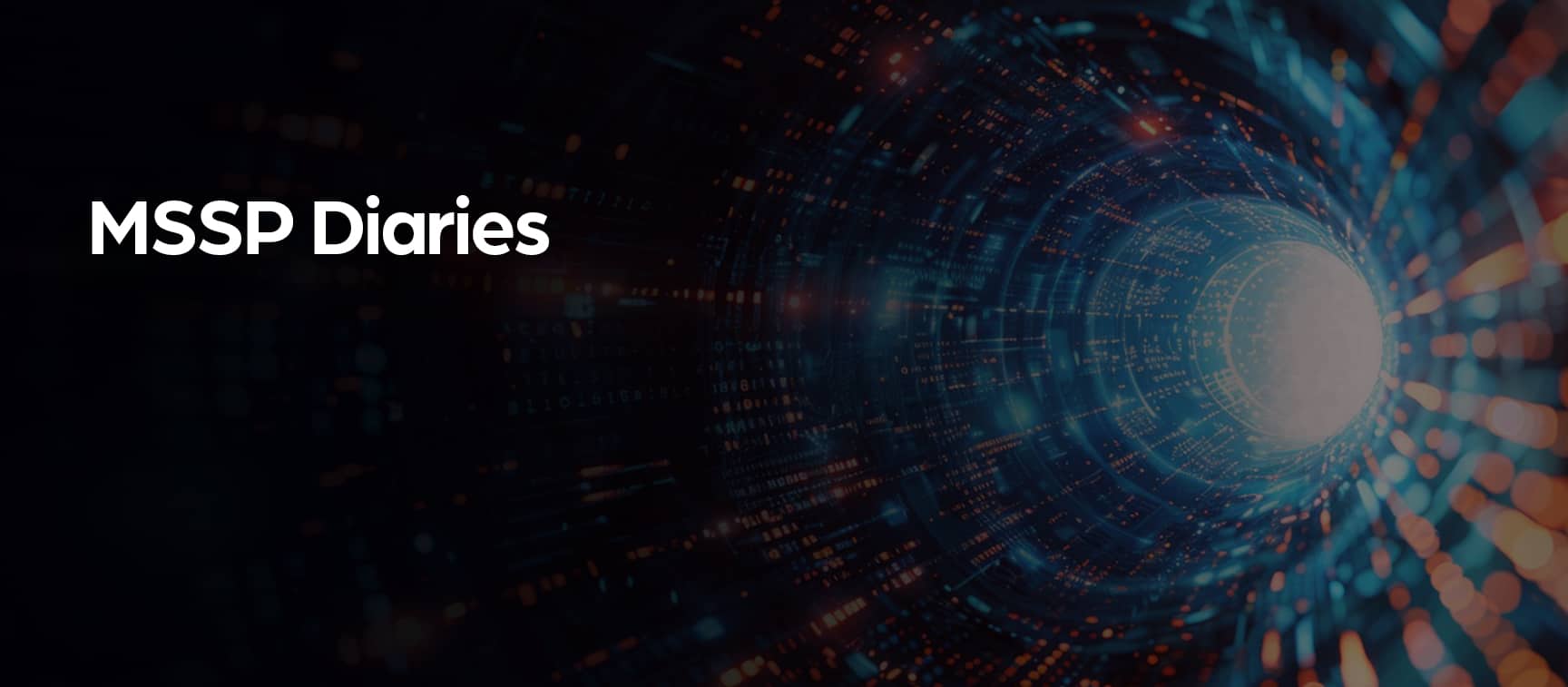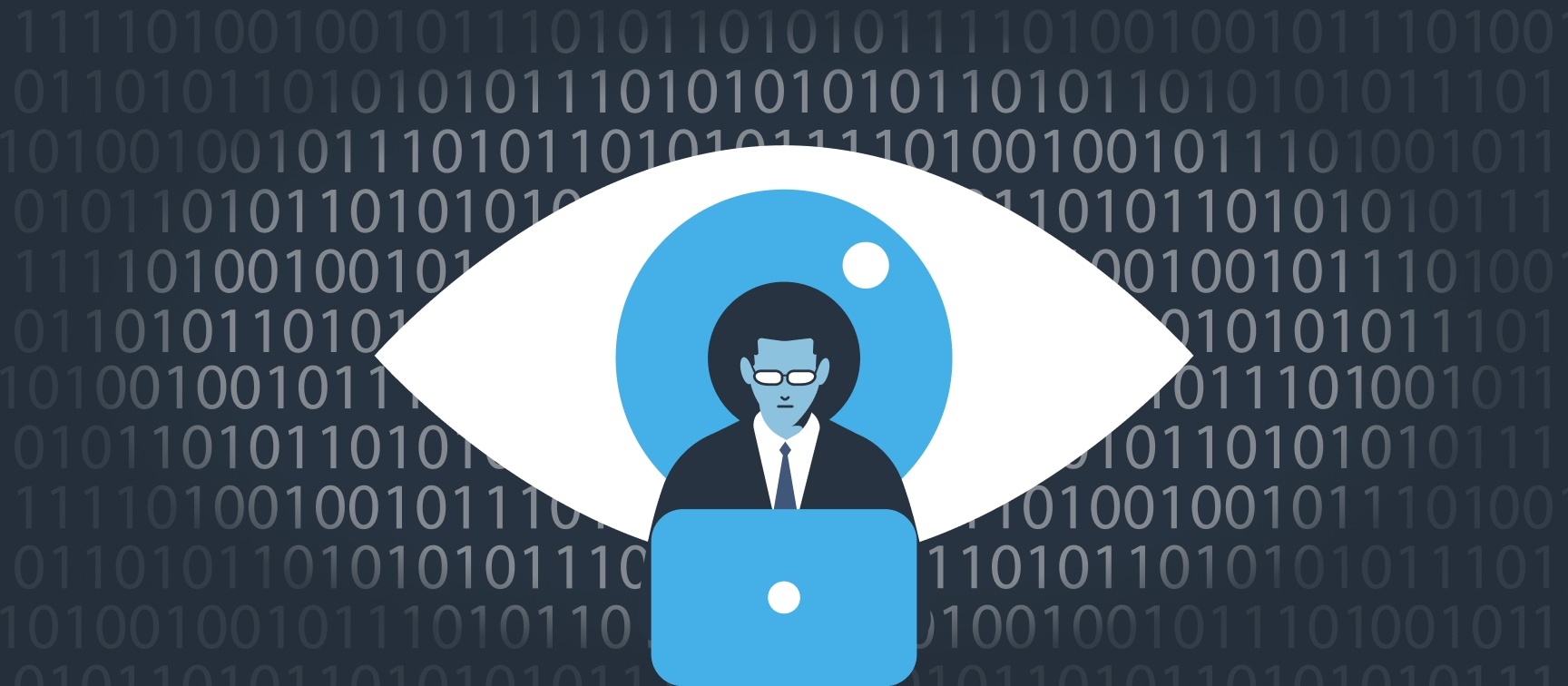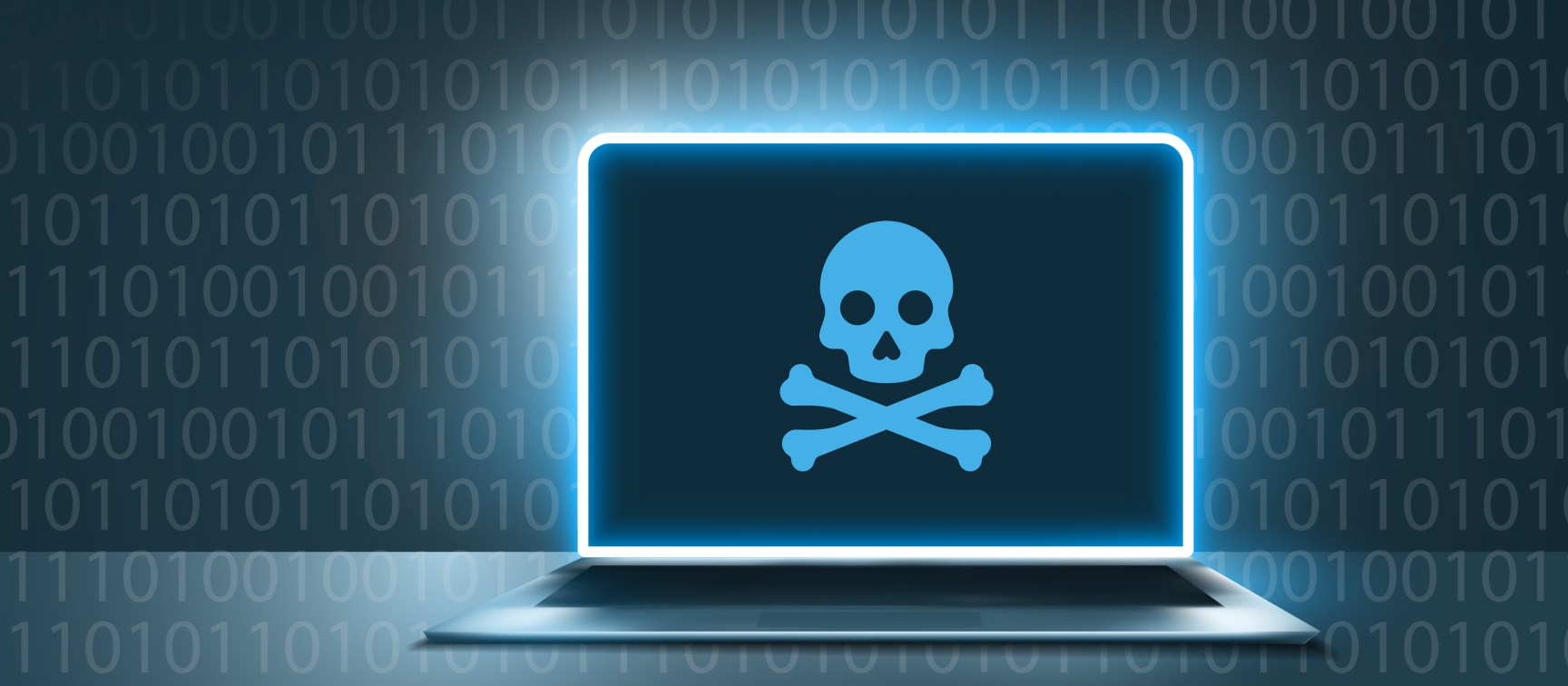How to Monitor the Dark Web for Emerging Cyber Risks
Learn how companies can easily monitor the dark web to collect valuable intelligence about emerging threats.

MSSPs are finding that the digital landscape they secure is changing rapidly, forcing them to look beyond the typical network perimeters. The proliferation of compromised credentials on the dark web underscores the necessity for proactive security measures. While the situation is complex, integrating robust dark web monitoring and external asset protection offers a significant opportunity to enhance client security and strengthen your market position.
The demand for dark web monitoring is surging. As digital footprints expand, clients struggle to maintain visibility over their evolving attack surfaces. “Client awareness of compromised credentials is skyrocketing. From just two or three client inquiries per year two years ago, we now address dark web monitoring with three or four clients every month. This dramatic increase shows the growing importance businesses place on this service,” notes the Deputy Director of Threat Intelligence at a global MSSP.
The expanding network perimeter, driven by the rapid adoption of diverse technologies, introduces critical blind spots in security visibility. Specifically, the proliferation of unmanaged cloud services, such as SaaS applications, increases the risk of data leakage and unauthorized access. Similarly, the widespread use of mobile devices, particularly in BYOD environments, introduces vulnerabilities related to device compromise and data exfiltration. Furthermore, third-party connections, including those with supply chain partners, create potential attack vectors through compromised credentials and vulnerable APIs. These factors, alongside the rise of shadow IT and misconfigured cloud security groups, drastically increase the attack surface beyond traditional SIEM coverage. This complexity leads to significant challenges in maintaining accurate asset inventories and correlating threat intelligence across disparate systems. Consequently, SOC teams face increased alert fatigue from false positives and struggle to detect sophisticated attacks originating from compromised third-party connections, leaving organizations vulnerable to data exfiltration and lateral movement.
Dark web monitoring bridges this visibility gap by providing an external perspective, revealing exposed assets and potential vulnerabilities. Specifically, MSSPs should focus on:
Preempting account takeovers starts with finding leaked credentials.
By proactively identifying the threats listed above, MSSPs augment traditional cybersecurity measures, fostering trust and demonstrating their expertise in modern threat mitigation. This demonstrates a commitment to safeguarding client assets, building trust with existing and prospective clients, and positioning the MSSP as a recognized authority on modern cyber threats and their mitigation strategies.
Effective dark web monitoring involves systematically scanning the hidden corners of the internet, including:
Mid-sized businesses (50-1,000 employees) often lack the resources to effectively manage cybersecurity, leading to significant operational stress.
Beyond addressing immediate security concerns, MSSPs must demonstrate the tangible return on investment (ROI) of dark web monitoring. Quantifying the value of prevention is paramount. Early identification of compromised data through dark web monitoring can significantly mitigate the financial impact of a breach, “which has risen by 15% over the past three years,” (Packetlabs). This proactive approach drastically reduces recovery expenses, legal fees, regulatory fines, and lost revenue, making it a cost-effective strategy for both MSSPs and their clients. Additionally, dark web monitoring can cut incident response times by up to 95%, enabling faster containment and investigation of threats (Packetlabs). Reducing MTTR minimizes operational disruptions to the targeted business and further reduces financial impact. By proactively identifying and mitigating threats, MSSPs help clients avoid substantial costs and enhance their overall security posture.
The IBM Cost of a Data Breach Report report highlights the importance of early detection and rapid response. Researchers found that data breaches with a lifecycle of more than 200 days cost more than breaches with lifecycles under 200 days. Dark web monitoring plays a crucial role in reducing breach lifecycles by providing early warnings of compromised credentials and leaked data, enabling MSSPs to help clients take swift action and minimize the financial impact.
To maximise the value and encourage wider adoption of dark web monitoring services, MSSPs must move beyond simple data collection and translate complex findings into practical insights. While traditional security tools focus on internal network activity, dark web monitoring illuminates a critical blind spot: threats originating from outside the network perimeter. As the Verizon Data Breach Investigations Report highlights,44.7% of breaches involve compromised credentials, often sourced from the dark web. This underscores the limitations of purely internal monitoring and the necessity of external threat intelligence. By providing visibility into these external threats, dark web monitoring fills a massive gap in traditional security postures, enabling MSSPs to offer a truly comprehensive defense. This requires a deep understanding of each client’s specific risk profile and external attack surface.
What do MSSPs need in order to prove maximum value to their clients via customized reports and timely alerts? “It would be actionable, you know, high fidelity information that we can, we can action and if not is straightforward for a customer to take action.” – SOC Manager at a large global MSSP.
To ensure comprehensive threat coverage, MSSPs must adopt a multifaceted approach that extends beyond traditional network monitoring. Key strategies include:
Trust is the foundation of any successful client relationship. Your MSSP can build a reputation amongst potential and new clients as trusted partners by doing the following:
Individual interactions, such as delivering reports, are finite, but engagement is ongoing and reflects a commitment to the client’s long-term security. By transitioning from transactional interactions to ongoing engagement, MSSPs reinforce their role as reliable experts and security partners.
“The real advantage of dark web monitoring solutions is to cover the most possible data leaks,” (SOC Manager at a mid-sized MSSP). When MSSPs provide proactive protection, they help clients the risk of minimize financial losses, damaged reputations, and weak cybersecurity postures. Through clear communication and collaborative engagement, MSSPs become true security partners, guiding clients towards a more secure future.
Learn how dark web monitoring can improve your clients’ security posture and unlock new revenue for your organization. Contact our experts today.

Learn how companies can easily monitor the dark web to collect valuable intelligence about emerging threats.

Discover how dark web monitoring helps detect malware and phishing, protecting businesses from emerging cyber threats

Learn about the key threats you should be monitoring on the dark web to protect your business or organization.